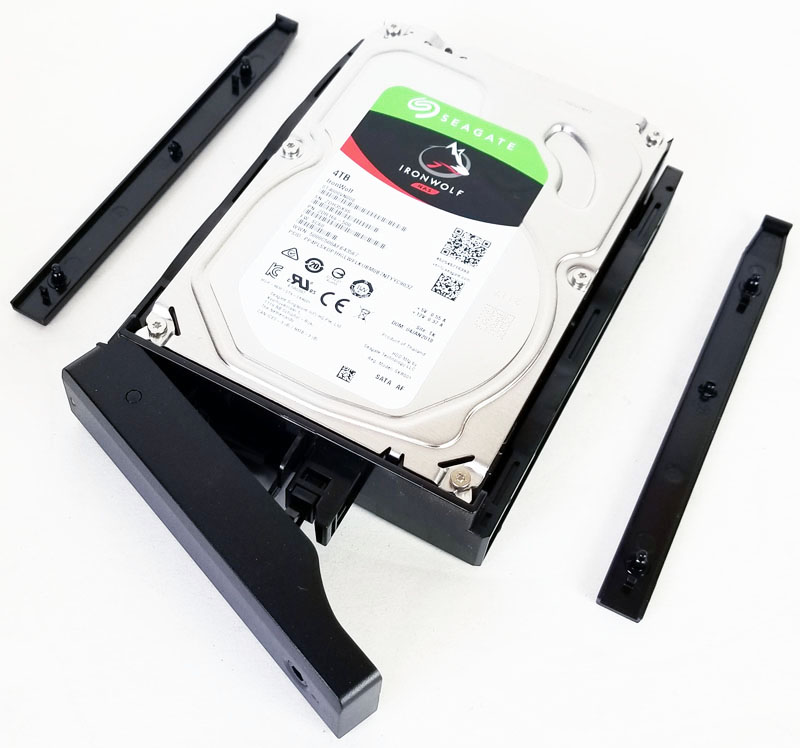

- #SYNOLOGY DRIVE KEY PASSWORD#
- #SYNOLOGY DRIVE KEY PC#
- #SYNOLOGY DRIVE KEY WINDOWS#
Using the NAS Repo on Local Machines In PC Terminal:Ĭonnecting Local Git Repo To NAS Bare Repo: when your local repo has no remote. (Side note: Though I got this warning, I did not experience any loss of access to my git-user’s folder from my other, admin-group account.) If you get a warning about being denied access to the shared folder, click Yes.
On the bottom, left of the Properties window, click the checkbox for “Apply to this folder, subfolder, and files”, and click Save. Click on Permissions tab and click Advanced Options > Exclude inherited permissions. ssh folder in it), and click Properties to open the Properties window. Right-click on the homes folder for the git-user (the one with the. (Without this step, the SSH key will not work for authentication because permissions on the NAS SSH key file are too permissive.) In sshd_config, uncomment (remove “#” before) PubKeyAuthentication yes Save and exit file by pressing ESC, typing :wq, and pressing ENTERĬhange permissions on homes/git-user to exclude all users but the git-user. SSH into NAS, and open sshd_config file with an Administrative User (not the default Admin user) ssh -p sudo vim /etc/ssh/sshd_config ssh-copy-id -p -i ~/.ssh/id_ed25519.pub In NAS Terminal ssh-keygen -t ed25519 eval “$(ssh-agent -s)” ssh-add ~/.ssh/id_ed25519Ĭopy SSH public key to NAS. 
Generate a new SSH key pair and add them to SSH agent. NAS Terminal - for taking action within your NAS.PC Terminal - for taking action within your PC.Setting Up SSH For Password-less Git Use on NAS Open two Git Bash terminal window
 Move your newly added rule to be listed above any “Deny All” rule you may have, and click OK. Check the box next to Encrypted terminal service (including encrypted rsync and SFTP), and click OK twice to return to the Edit Profile window. Click on the radio button for Select from a list of built-in applications under “Ports”, and click on Select to open the Select Built-in Applications window. Click Create in the “Edit Profile” window to open the Create Firewall Rules window. Click on Edit Rules under “Firewall Profile” to open the Edit Profile window. Go into Control Panel > Security > Firewall. Create a Firewall Rule to Allow Encrypted Terminal Service No directions are provided here for setting up a static IP address. NOTE: You will need a stable address to use (static IP/domain) for the SSH key to continue working since the SSH key will be registered by the username which includes the domain name/IP address. Using the Terminal on your PC to use that NAS remote repository with local repositories. Using the Terminal on your PC to initialize a bare repo on your NAS for use as a remote repository, and.
Move your newly added rule to be listed above any “Deny All” rule you may have, and click OK. Check the box next to Encrypted terminal service (including encrypted rsync and SFTP), and click OK twice to return to the Edit Profile window. Click on the radio button for Select from a list of built-in applications under “Ports”, and click on Select to open the Select Built-in Applications window. Click Create in the “Edit Profile” window to open the Create Firewall Rules window. Click on Edit Rules under “Firewall Profile” to open the Edit Profile window. Go into Control Panel > Security > Firewall. Create a Firewall Rule to Allow Encrypted Terminal Service No directions are provided here for setting up a static IP address. NOTE: You will need a stable address to use (static IP/domain) for the SSH key to continue working since the SSH key will be registered by the username which includes the domain name/IP address. Using the Terminal on your PC to use that NAS remote repository with local repositories. Using the Terminal on your PC to initialize a bare repo on your NAS for use as a remote repository, and.  Using the Terminal on your PC to set up SSH keys for password-less use of Git with your NAS,. Preparation needed to use SSH and the terminal to interact with your NAS (longest section - to skip past this section see my other story here),.
Using the Terminal on your PC to set up SSH keys for password-less use of Git with your NAS,. Preparation needed to use SSH and the terminal to interact with your NAS (longest section - to skip past this section see my other story here),. #SYNOLOGY DRIVE KEY WINDOWS#
At times, I used the Git Bash terminal within Windows Terminal. I used a Git Bash terminal on Windows 10.
#SYNOLOGY DRIVE KEY PASSWORD#
It also includes the steps I took to set up SSH keys to turn off the need to enter my NAS user password in the terminal. This “guide” is what worked for me when I was recently setting up a Git Server on my Synology NAS. Synology NAS (DSM 7): Using Git Server and SSH








 0 kommentar(er)
0 kommentar(er)
